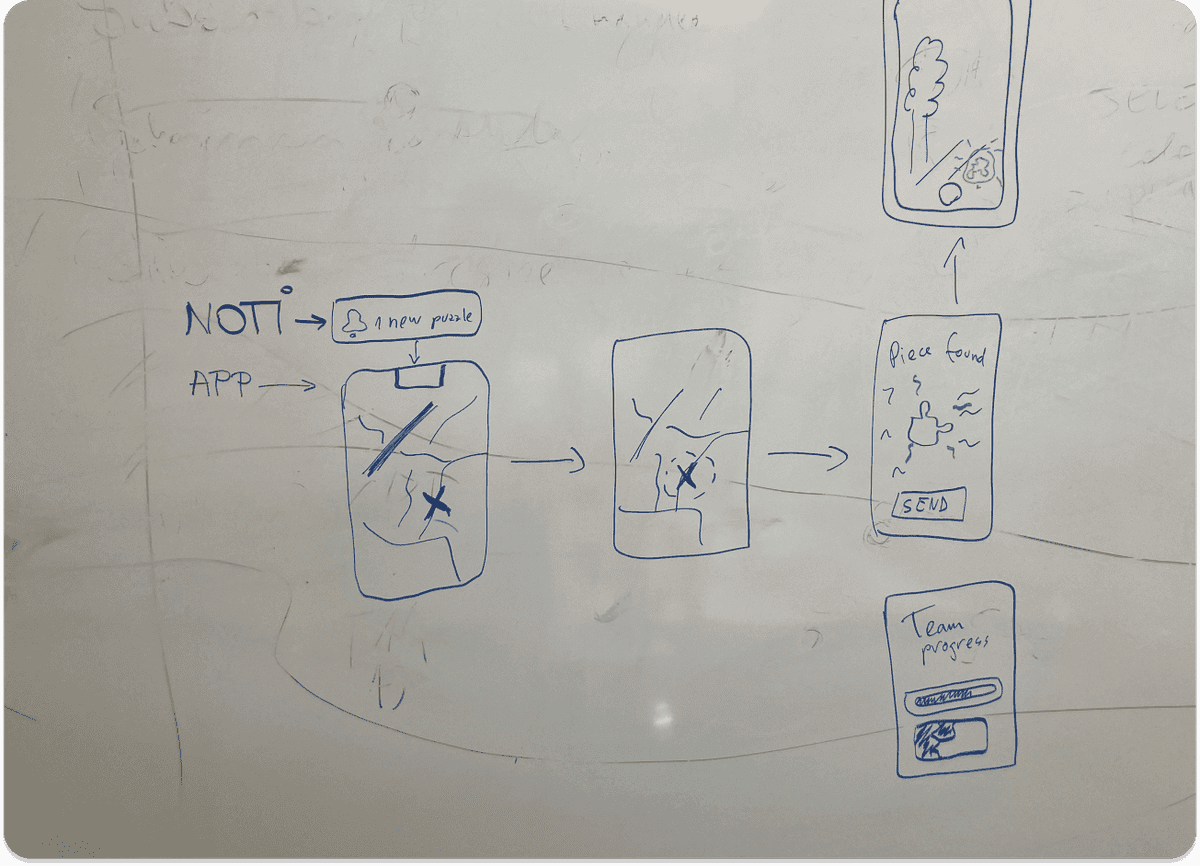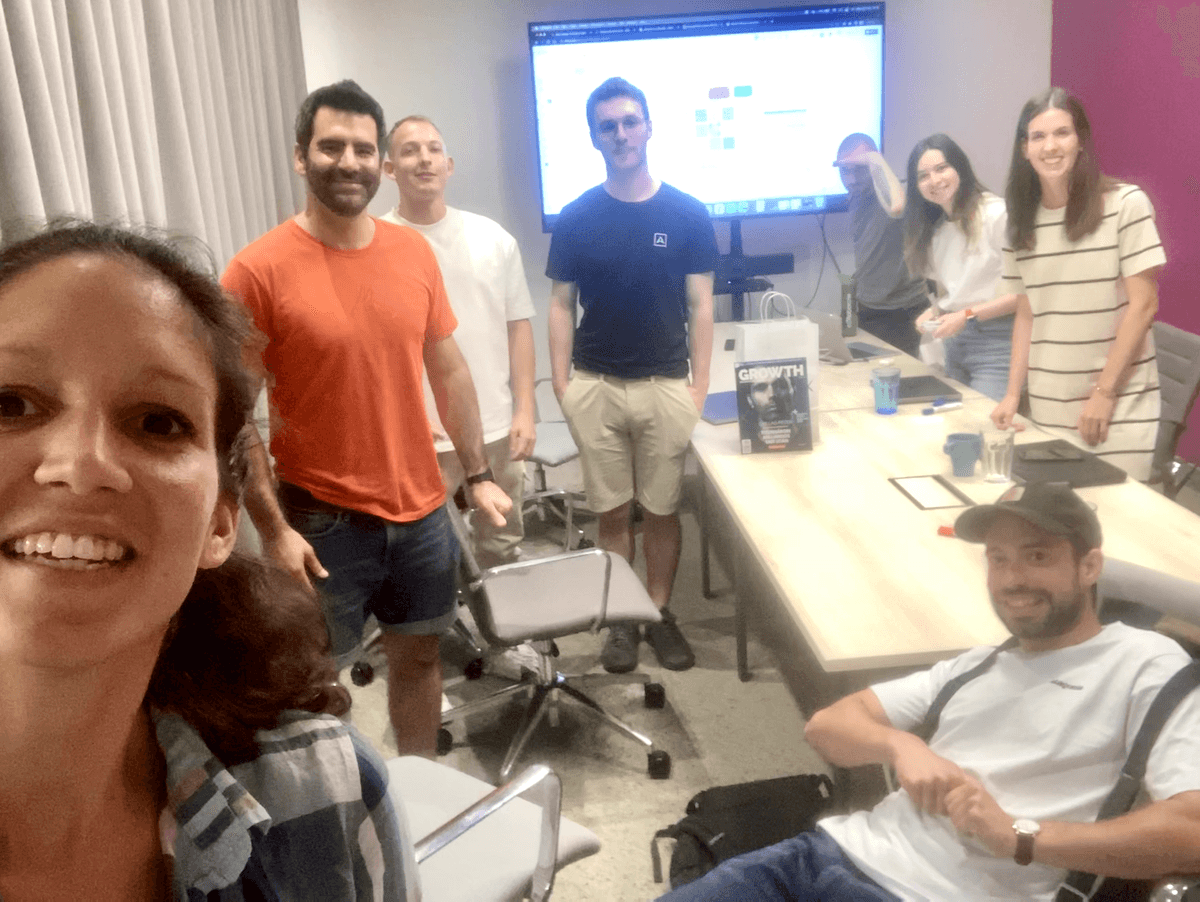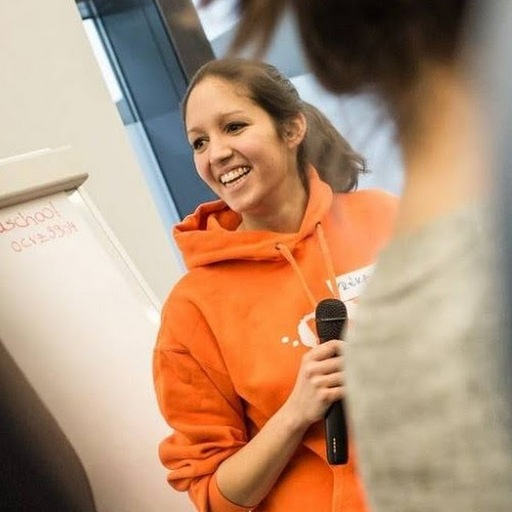Demystifying Product Discovery - Part3: Ideation & Validation Unfolded
Get ready for an exciting finale in the 3rd and final part of our remote-discovery journey! Discover how our plan unfolded, dive into the process, learnings, and the concepts that emerged within the given timeframe. Find out which ideas we’ll pursue and why.
If you’d like to catch up with beginning of the story check out Part1 and Part2 for the initial research and workshop preparation topics.
On the workshop
8 people, 2 teams, 2 facilitators, 2*2 hours, 128 ideas, 2 problem statements, 2(+1) concepts.
Let’s take a closer look at what’s behind these numbers 👀:
Following the agenda, the first part of the session was dedicated to create shared understanding of the problem statements. This allowed participants to make informed decisions and vote on the ones they’d like to work on, however it turned out to be not enough time.
The two chosen problem statements - taking apex fit, importance and excitement criteria into consideration - became the following:
- (PERSONA) As a remote employee, (MOTIVATION) I’m trying to live a healthy life, (EXPECTED OUTCOME) so that I can keep work-life balance & mental & physical health, (PROBLEM) but instead of having more time to train, I stuck all day in front of my screen and don’t leave the house, (FEELING) which makes me feel disconnected from my body.
- As a remote leader I’m trying to hire the best people for my team and way of working, so that I can create great products, but it’s very difficult to filter out the remote-readiness of the applicants, which makes me feel inefficient, wasting time.
Learning n6: You need more time for empathising during the workshop. The fewer problem statements you focus on, the more in-depth understanding you can achieve. We should have started with less problems considering the short timeframe. Start with 3 or 4 maximum.

Turning Problems to Opportunities with the help of ‘How might we’ questions helped the teams to start the ideation with a positive mindset. We divided the group to two teams based on preferences and started the ideation.
For our collaborative brainstorming session, we decided to use the lotus blossom method , and the results were remarkable. Each team reached the 64 ideas fairly quick, however the final concepts were not part of these. Interestingly, in Team#1, despite having 64 ideas, none sparked enthusiasm. But just when things seemed bleak, Csenge, one of the participants, spontaneously came up with an idea that seemingly came from nowhere. Little did we realize, it was actually a culmination of all the activities leading up to that moment.
Learning7: The process of concept generation is often non-linear and unpredictable. As facilitators, we can enhance it by incorporating energizers to stimulate creative thinking and structured brainstorming methods to generate numerous ideas. However, it’s important to note that the ultimate idea may seem to emerge out of nowhere. In reality, it is a result of the collective inspiration derived from the various activities. Therefore, if an activity doesn’t unfold exactly as expected, don’t worry! The unexpected can lead to valuable and innovative ideas.
I forget to mention, this happened already on the second day. We failed in finishing the ideation on the first day because the empathising part was longer than planned, but we were moving forward! What was left for the second day is to figure out some details of the idea. So we dedicated our time that was left from the workshop to talk through the cornerstones of the two concepts that could be demoed in one of our internal meetings.

Yes, we just had time for quick and dirty prototyping… But you know what? It’s just enough for our current goal: to showcase the idea to the team. And most importantly, create the same understanding within the team!
Learning n8: As you progress, make sure to visualize your concepts using paper, Miro, or any other tools. This powerful practice brings everyone onto the same page and enhances clarity.
Let’s see the two product concepts more in detail:
- Team#1 came up with a Pokemon go-inspired mobile app to encourage remote workers to get out of their homes daily,. Teams work together to collect puzzle pieces, which can be uniquely generated pictures or collectible emojis. By finding their assigned puzzle piece and contributing to the team puzzle, employees can earn rewards and compete in challenges to keep engagement high. What’s more, teams can shuffle, so the game has a team building aspect as well.
- Team#2 created 2 product concepts at the end.
- The first one focuses on the improvement of written asynchronous communication as a key skill that makes someone remote-ready. It would be a similar solution to Grammarly, but instead of supporting you to write perfectly in English, it helps users to better put their thoughts into writing. Imagine it as an AI powered Slack-bot that offers you real-time improvement ideas based on your messages, such as: use threads for better searchability and less noise, use bulletpoints for easier overview of content, and so on.
- The second one focuses on uncovering the companies informal structure and remote-readiness level by using Slack, Jira, Gmail and other tools that are used by the given company. It extracts the communication history and highlight useful information on a dashboard that helps leaders to uncover how their team works remotely. In addition to having a company wide network diagram, it also assesses the asynchronous communication level of each individual similarly to the solution described in point “a”.
Next steps
Gather feedback early-on, it’s always a good next step! We’ve been doing it via multiple streams:
- We demoed the two concepts to the whole company, to gather feedback and inputs to which idea we should or should not pursue further. Firstly because with internal #p23 projects employee engagement is crucial, secondly, they are the target market for these product.
- We are validating the value propositions of the concepts - for this, still, no coding is necessary. We create a landing page, backed by a social media campaign to drive traffic, and measure the interest - all with the help of AI.
Are we going to pursue any of these ideas? The answer is not yet known. However, by conducting these low-effort validations, we will be able to make more informed decisions. Our goal is to focus on projects that are worth investing our efforts in and allow Apex employees to further develop themselves. The journey of discovery does not end here, as research should be an ongoing process, regardless of the stage of your business.
Learning n9: If you are a software development agency like us, these workshops are great ways to teach product sense to employees. As a facilitator, it’s important to identify the teachable moments throughout the workshop, including the demos and post-work activities, to enhance the learning experience.
Wrapping up the discovery journey
During this journey, we uncovered opportunities in the remote work space and we created testable concepts answering real customer needs, and that we can work internally.
Overall, this design challenge allowed developers to step outside of our day-to-day roles and explore new and innovative ideas without many constraints, and me as a product person, to discover new AI-powered landing generator tools, and train my creativity muscles.
We have gained valuable insights from this experience and have identified key learnings that will guide us in next challenges, whether they be client projects or internal initiatives. Rest assured, there will be more exciting journeys ahead!
Learning n10: Just start doing it! While reading blog posts can provide valuable insights, they can never fully replicate the lessons learned through hands-on experience. Our learnings summarised in this article speaks for itself!
I hope our learnings could be your guide as you venture into your own discovery process. We’d love to hear about your experiences!


Are you interested in working with us?


